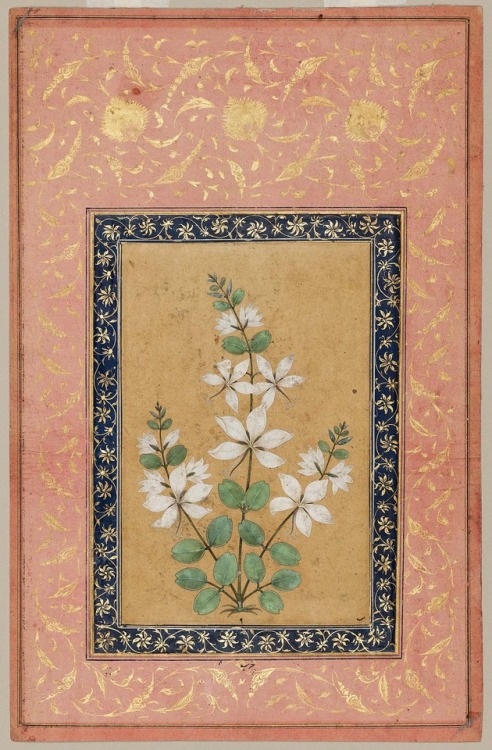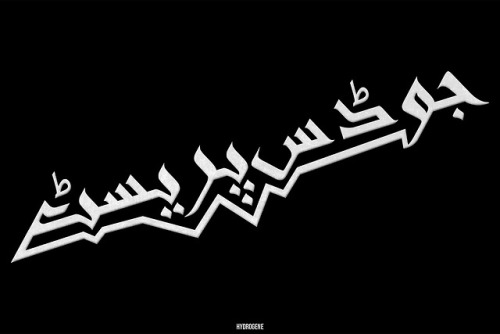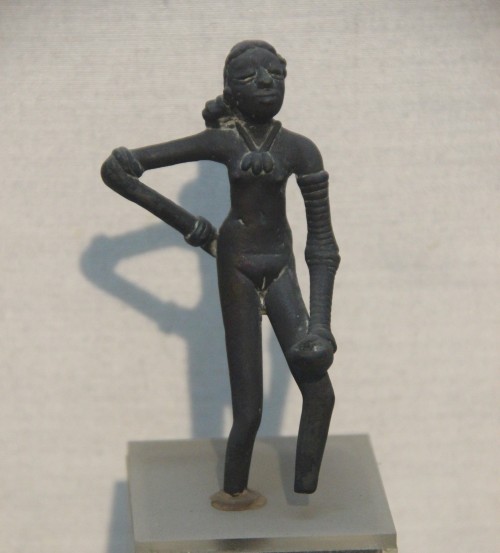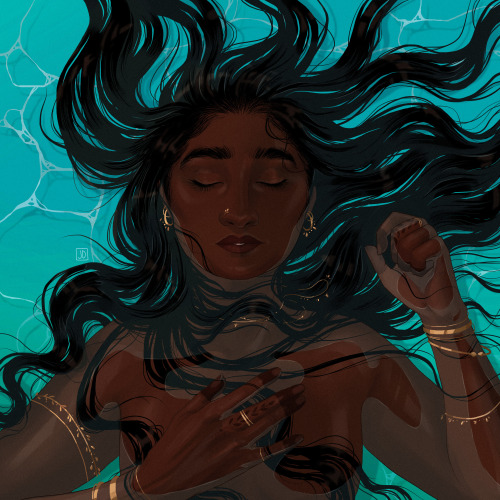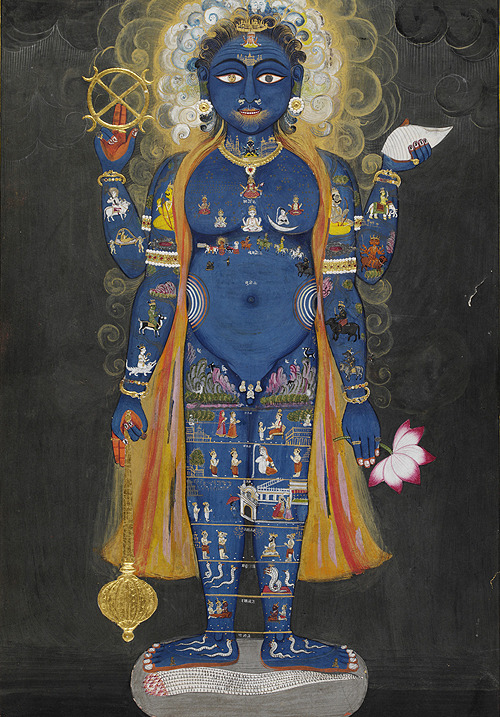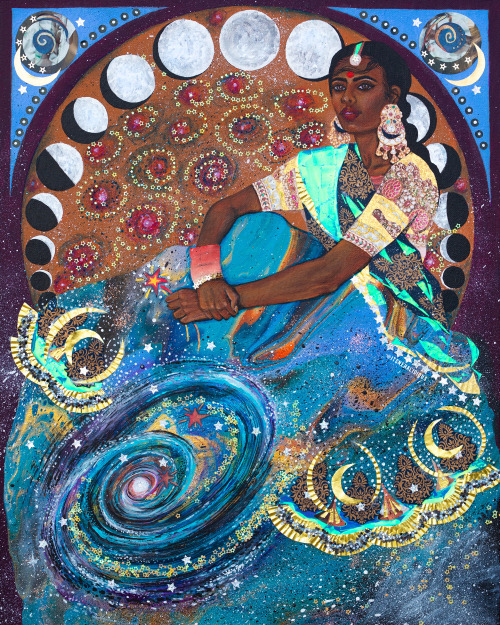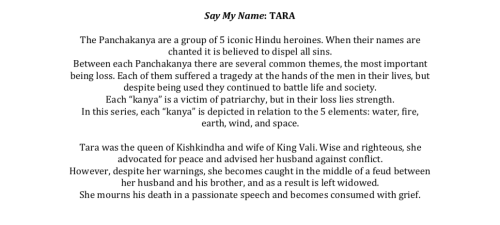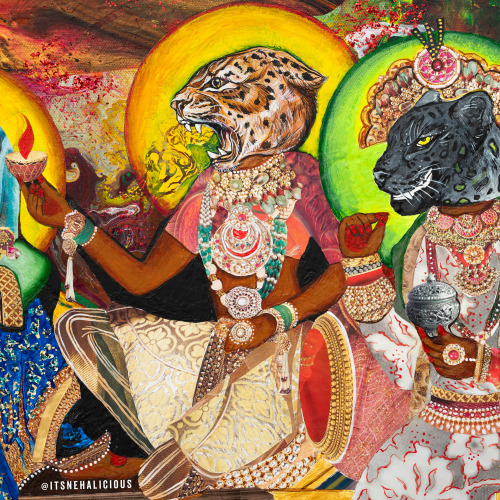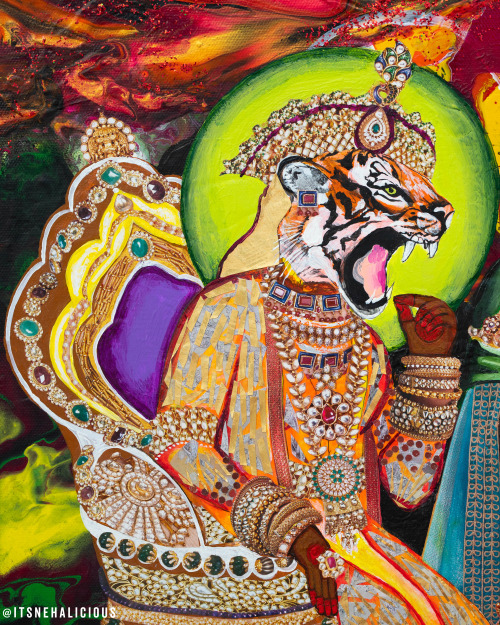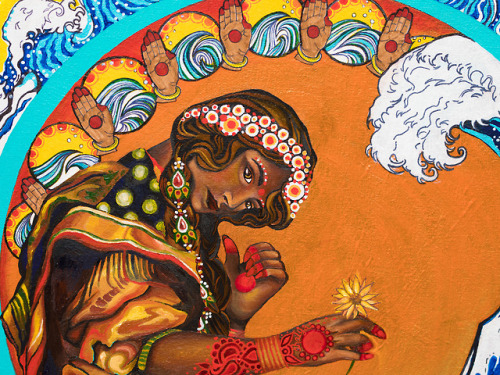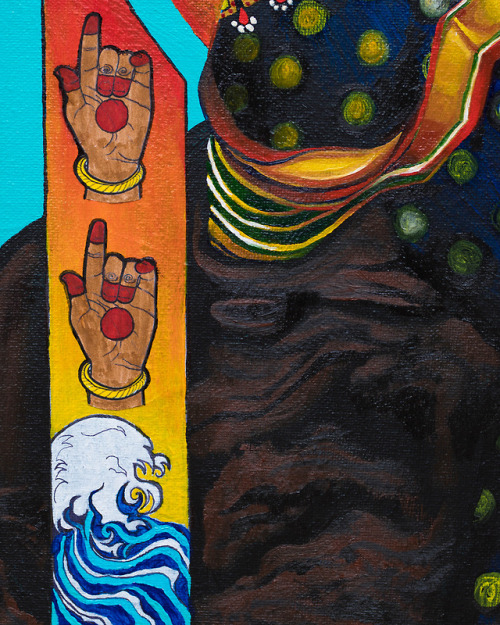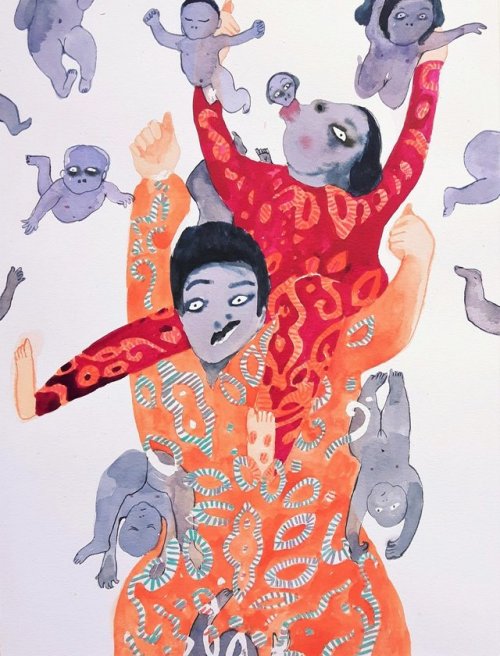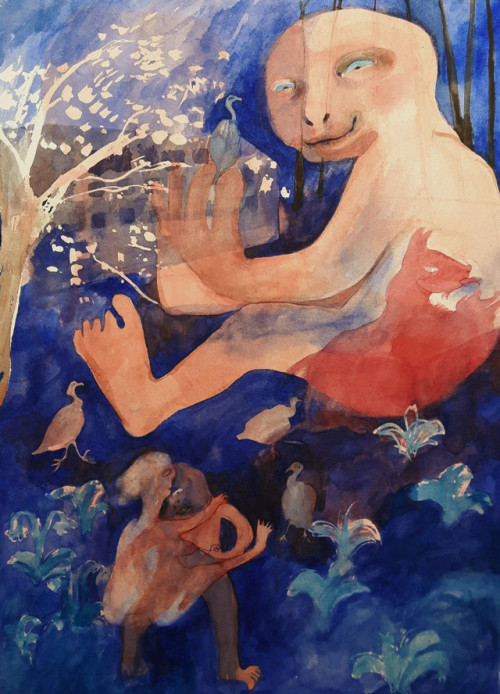#south asian art
A Camel and it’s Rider Playing Kettledrums
Mazar Ali Khan
Delhi, India, Mughal, c. 1840
Gouache
© Victoria & Albert Museum, London
One of six figures, this painting likely depicts the Mughal Emperor’s ceremonial procession on the occasion of Eid.
Post link
Mahasundari Devi was an accomplished artist who began working on paper in the mid-1960s and was instrumental in fostering women’s crafts in the Madhubani district of Bihar, India. In this painting, she uses a simple, graphic line to depict the mother goddess Parvati with a lotus in one hand honoring her husband Shiva. See this ink painting in our South Asian art galleries. “The Goddess Parvati Honors Her Husband, Shiva,” around 1965–85, by Mahasundari Devi http://ow.ly/cqXV30sfqkw
Post link
Dancing girl of Mohenjo-daro, Indus Valley Civilisation, city of Mohenjo-daro (modern-day Pakistan) c. 2300–1750 BCE, bronze ,made in lost-wax casting method, 10.5 × 5 cm, National Museum, New Delhi, Delhi, India.
Post link
she from the sea
for the ones who identify with the oceans
and whose roots have known many lands -
stretched beside those of sweet cane,
cut by laborers’ hands.
i draw brown girls all the time, but am overdue for a piece on my own history ().
during the 19th & early 20th century, over 1 million indians were brought from their homelands to various european (primarily british) colonies as replacement laborers for recently emancipated african enslaved peoples.
these included various nations in south america, the caribbean, africa & asia, such as guyana , trinidad & tobago , suriname , jamaica , grenada , st. lucia , st. kitts , st. vincent, fiji , mauritius , sri lanka , malaysia , kenya & south africa . here, indentures worked on plantations for the colonizing countries who owned them for a certain length of time.
in some instances, the indentureship system was wholly consensual, but far too often it involved coercion, misinformation & kidnapping. many entered into contracts unaware of the terms they were agreeing to & the freedoms they were signing away.
i’ve linked a playlist of podcast episodes for anyone interested in learning more. some topics touched on include:
- the pieces of south asian tradition that persisted, what was lost, & the amazing hybrid cultures that came to be
- the origins of the word “coolie” & why most believe those outside the culture shouldn’t use it
- how colonizers pit indian & black communities against each other & resulting anti-blackness in the indo-caribbean community
- other lasting effects of colonization (alcoholism, weakened economies, gender-based violence, etc.)
- the (sometimes tense) relations between descendants of indian indenture & individuals more directly from south asia
of course these tiny lists are not exhaustive, nor do they cover the entirety of this corner of the south asian diaspora. maybe, though, it’s enough to encourage a deeper look into our often overlooked history.
thank you to @mjenai.art for the title & inspiration, and to @haani_beee, who identifies with the oceans <3
Post link
Vishnu as Vishvarupa (cosmic or universal man), watercolour on paper, Jaipur, India, ca. 1800-1820.
This striking painting shows the blue-skinned Hindu god Vishnu in the form of the Universal Man or Vishvarupa. The small figures painted on his body refer to his role as encompassing all of creation. He has four arms, each holding one of Vishnu’s attributes; a conch shell, a lotus flower, a mace and the circular weapon called Sudarshana chakra (meaning ‘beautiful discus’). - vam.ac.uk
Post link
The Fertile Couple (from the series Mindforking), 2016.Watercolour by Sara Khan.
Source:Stories.Art.Design.
Post link
Mukteswara temple, Bhubaneswar, Odisha
Mukteswar Temple - Indian/Hindu
Bhubaneswar, Odisha (Orissa), India
ca. 950 BCE
Known as “The Gem of Orissan Architecture”, this Hindu temple is dedicated primarily to Lord Shiva. It serves as a site of Indian heritage and sees many devotees and visitors throughout the year. Made of sandstone, the temple boasts extremely detailed depictions of meditation poses and various gods such as Ganesha and Saraswati. Points of interest regarding architecture include countless sculptural works, a jagamohana (porch) with diamond shaped lattice windows and a beautifully sculpted torana (arched doorway). Another interesting point regarding the architecture is that this temple represents the initial and later phases of the Kalinga School of Temple Architecture. Many elements of the old style were combined with the new style, in turn this blended architecture makes the temple a “harbinger of the new culture”.
Source:Cultural India
Post link


